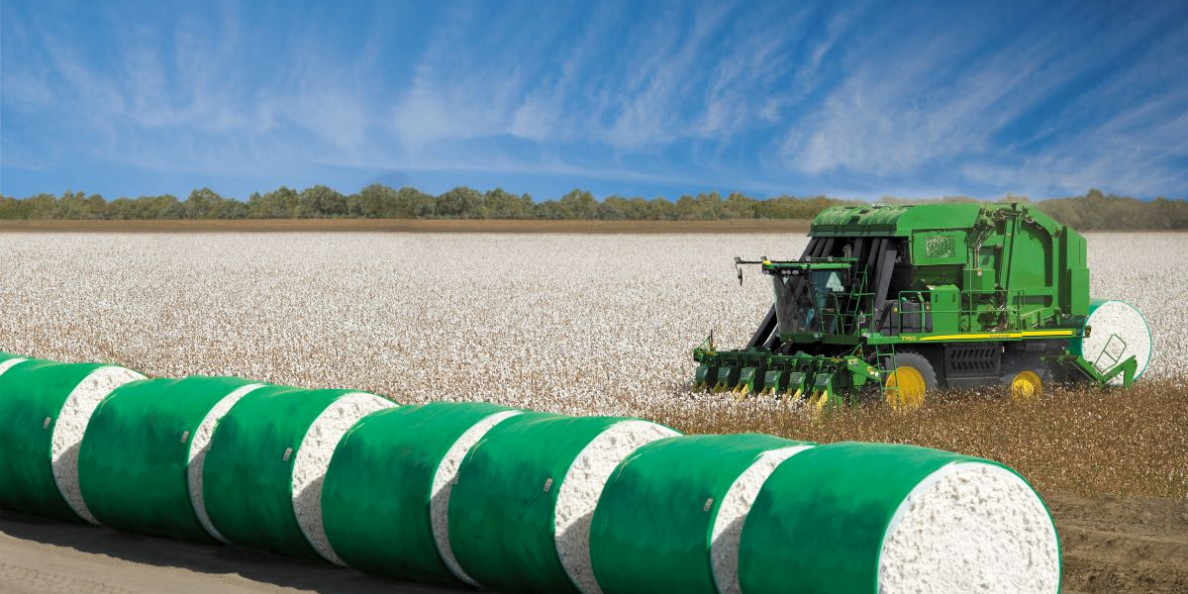For the week ending Friday, November 3, Dec’23 cotton futures tumbled for three days before stabilizing around the 80-cent level (see chart above courtesy of Barchart.com). Dec’23 settled Friday down 18 points at 79.62 cents per pound. Chinese cotton prices and the the A-Index of world cotton prices both declined across the week.
In other ag futures markets, CBOT corn and soybeans followed declining and increasing trends, respectively, across the week. KC wheat futures saw more of a sideways gyration. The U.S. dollar index was flat for half the week before down-trending following the Federal Reserve’s mid-week meeting. Other macro influences (i.e., GDP, inflation, and interest rate policy) remain a potential headwind to longer term cotton demand.
Cotton-specific influences included drier weather over the southern plains region including a hard freeze followed by a warming trend. Recent rains represent a negative influence on the 2023 crop (i.e., delaying harvest and bad for color grades). The Texas regional summaries and feature article (as of October 31) both highlight some of the benefits of the recent rainfall — to range, wheat, and next year’s spring crops (click here).

U.S. export sales through October 26 were outstanding in absolute terms and especially relative to recent months. The marketing year high 457,100 bales of net upland sales also reflect the expected response of more U.S. cotton export sales from recent lower prices. Actual export shipments remain below the needed weekly average pace, but this is seasonally normal. USDA’s weekly summary of the U.S. regional markets continued to reflect mixed spot physical trading activity and very light to moderate demand, across the U.S. regions. Several other standard predictors of U.S. cotton demand are not encouraging, e.g., rising certified stocks and historically low levels of on-call sales.
ICE cotton futures open interest followed a modest uptrend this week. The coincidence of lower price settlements gave the appearance of short positioning, although the bigger influence is likely the spread trading from the ongoing fund rolls (hence the above average volume). The regular Tuesday (October 31) snapshot of speculative positioning, there was continued long liquidation with 721 fewer hedge fund longs and 82 fewer net index fund longs, week over week. This was reinforced by 431 more outright hedge fund shorts compared to the previous Tuesday.
For more details and data on Old Crop and New Crop fundamentals, plus other near term influences, follow these links (or the drop-down menus above) to those sub-pages.
Πηγή: TAMU

